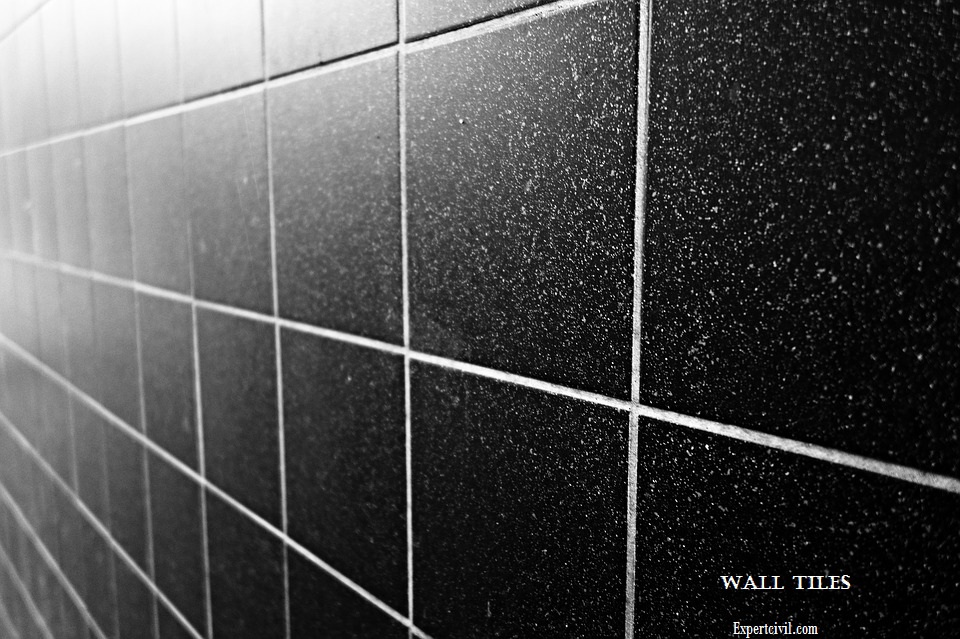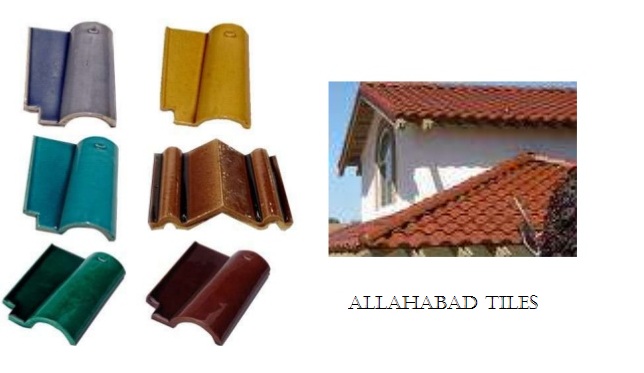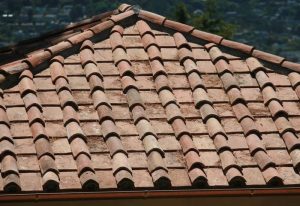Types of Tiles in Building Construction
Define Tile:- In Building Material Building Tiles resemble with the bricks but are of thinner section and made up of the superior type of clay. These are made in the same manner (indistinguishable) as bricks.
This is a great post about “What are the Types of Tiles in Building Construction” Building tiles need greater care in their manufacturing and handling because as o due to thinner section the chances of cracking and warping is high. These are down. It the generally used for the construction of floors, roofs, pavements, and drains. Tiles are also used for decorative(embellishing) purposes at various places in the construction work. Do you know what are the types of tiles? Tiling is a process of layout tiles. Let’s Know about Types of Tiles With Pictures.
Types of Tiles
Here Given Best Types Of Tiles, The tiles are used at different parts of a building depending upon categories:
- Floor Tiles
- Wall Tiles
- Ceiling Tiles
- Drain Tiles
- Roofing Tiles
Floor Tiles
As the name suggests, floor tiles are used for the flooring of the buildings in Civil Engineering. These are also tiles are generally square or rectangular but nowadays many other shapes an available in the market. These tiles are flat tiles. The floor tiles are available in many sizes but they have a thickness between 12 mm to 50 mm. The floor tiles should be hard enough to resist wear and tear due to load. These should be well burnt and free from pebbles, grit, and any other unwanted material. These should have a uniform texture.
Advantages of Floor Tiles
- As they are light in weight so it is very easy to work with them.
- They are available in a variety of colors and shapes.
- Polishing is not required on floor tiles so the time of polishing is saved the floor is available just after the completion of the work.
- They are scratch proof and having damp-proof properties.
Wall Tiles
The tiles used to fix on the walls of the structure are known as (Best tile)wall tiles. They are nearly the same as that of floor tiles but they have less compressive are also available in a number of colors, sizes, and shapes. They are very much decorative and also used where the chances of dampness are high.

Ceiling Tiles
The tiles which are fixed on the inner side of the roofs i.e. ceilings are known as ceiling tiles. The tiles adopted for the ceiling of buildings should tile skilled labor is required. Ceiling tiles have given an architectural view.

Drain Tiles
Tiles that are used for the lining of drains are known as drain tiles. The shape of the tiles may be circular, semi-circular, or segmental. They are generally used for irrigation drains, domestic drains or for discharging surface rainwater out of cities Such drain tiles are rarely adopted in modern times as well glazed drainage pipes are now available in the market for these purposes.

Roofing Tiles
Roofing tiles are used for the covering of a structure. They are mainly used on sloping roofs. Roofing tiles are a good alternative to plain galvanized iron corrugated sheets and timber. The roofing tiles used should be leak-proof, easy to handle, and hard enough. The fixing of these tiles should be easy and durable.
Various types of roof tiles are available in the market. A few common varieties are as follows.
(a) Allahabad Tiles
(b) Mangalore Tiles
(c) Flat Tiles
(d) Corrugated Tiles
(e) Pot Tiles
Allahabad Tiles
Allahabad tiles are made from a superior type of clay. The moulding of clay is done under pressure in MACHINES. These tiles comprise two parts one part have channel shape. Both of them have tapering dimensions with the same length.
While covering the roof the channel tiles (also known as under tiles) are laid side by side and the joints between the adjacent channel tiles are covered with semi-circular tiles (also known as over tiles). Wooden battens are available on the sloping roofs over which these tiles are fixed.

Mangalore Tiles
These tiles are named Mangalore tiles because their early manufacturing was in Mangalore. South-India. These tiles are moulded with machines and have special projections. These projections are a very important feature These tiles comprise two parts. One part has a channel shape and the other part have a semi-circular shape. Both of them have tapering dimensions of the same length.
These types of tiles as they are much helpful in the interlocking of tiles when placed in Mangalore tiles becomes easy to position. Due to this, the fixing of Mangalore tiles becomes easy.
Manglore tiles are very much popular in rural and semi-urban areas of Southern India and Western India. The construction of roofs with the help of these tiles is easy and economical. The average life of Mangalore tiles in estimated as about 25 years with 5 % replacement. The color of these tiles is mainly red.

Flat Tiles
Flat tiles are rectangular-shaped tiles free from distortion and cracks. The tiles should be uniform in size and shape. Two or more holes are drilled in these types of tiles. These holes help in fixing the tiles on the battens. Proper overlap is provided at sides and edges during the fixing of tiles. The compressive strength should be above 75 kg / cm2 and water absorption value should be below 20% for flat tiles.
Corrugated Tiles
The making and placing at the position of corrugated tiles resemble the flat tiles but the corrugated tiles have corrugations. Aside lap of one or two corrugations is formed during the placing of these tiles over the roof. The edge lap is also there. After placing they give the appearance of corrugated galvanized iron sheets. The drainage of water over these tiles is very good and the view also nice. These tiles are not suitable in areas where violent winds are frequent.
Pot Tiles
Pot tiles are semi-circular hollow tiles having tapering dimension in the longitudinal direction. The length of these tiles varies between 15 cm to 25 cm. These tiles are manufactured by a potter on potter’s wheel. Polishing is done on inner and outer sides with the help of the wet cloth. They are placed in a position such that their concave and convex faces upward alternatively so that they can become self-locked. These tiles are also known as locking tiles. These are ordinary tiles, having high absorption value. Due to this reason, these tiles are liable to break easily and suffer greater tear and wear. The drainage of water in this type of roof tiles is speedy. They are not so much durable.

Must Read Other Powerful Articles
- Types of Cement
- Composition of Cement Clinker
- Hydration of Cement
- Products of Hydration of Cement
- What is Cement?
- Various Tests on Cement
- Ordinary Portland Cement (OPC)
- Manufacturing of Cement By Dry and Wet Process
- Raw Materials of Cement
- History of Cement in Civil Engineering
- Composition of Cement Clinker
- Ordinary Portland Cement (OPC)
- What is Concrete with Definition & History


In building construction, common types of tiles include ceramic tiles, known for affordability and variety; porcelain tiles, valued for durability and water resistance; and vitrified tiles, ideal for high-traffic areas due to their strength. Marble and granite tiles add luxury, while glass tiles enhance aesthetics in kitchens and bathrooms. Cement tiles offer rustic charm, and terracotta tiles provide a warm, earthy appeal for traditional and outdoor spaces.
Various types of tiles are used in building construction based on their material and use:
1. Ceramic Tiles – An affordable and widely used material for walls and floors.
2 . Porcelain Tiles are water–resistant and durable, ideal for high-traffic areas.
3. Vitrified tiles are strong, glossy, and require little maintenance.
4. Marble & Granite Tiles – Luxurious and natural.
5. Mosaic Tiles are stylish and decorative.
6. Cement Tiles – A traditional and durable material.
In building construction, common tile types include ceramics (durable and easy to maintain), porcelain (denser and moisture-resistant), vitrified (non-porous and durable), marble (luxurious but requires maintenance), granite (heat-resistant and durable), glass (decorative and translucent), mosaic (patterned for decoration), cement (colorful and versatile), terracotta (rustic and clay-based), and rubber (shock-absorbent and environmentally friendly). Different types of tiles are suitable for different applications.